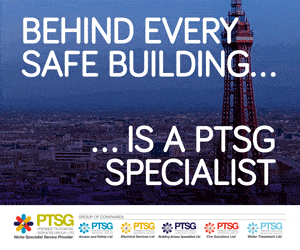July brought with it a surge of energy across UK retail destinations as the nation leaned into a summer of sport, music and sunshine.
Footfall across all UK retail locations rose by +3.7% month-on-month, marking a clear shift in consumer engagement driven by cultural moments and seasonal behaviour. Much of this boost was driven by a +5% rise in shopping centre activity, followed by high streets (+4.1%) and retail parks (+1.5%).
While year-on-year growth was more subdued at +0.5%, the uplift was primarily powered by shopping centres which saw a +1% increase, alongside retail parks (+0.9%). High streets, however, remained flat, suggesting consumers may be gravitating toward air-conditioned destinations and convenience-led formats amid travel plans and a shift in weekly routines in the lead up to the school summer holidays.
Weekday footfall rose +1.4% year on year, but the -1.7% dip on weekends indicates that as the summer holidays began, many consumers may have opted for longer breaks or international travel; a trend which also aligns with a -2.8% annual decline in coastal town footfall despite a +10.1% month on month boost in July, coinciding with school holidays and warmer weather.
The capital was a clear winner in July as footfall in Central London grew +4.8% month on month and +3.3% year on year, bolstered by a packed events calendar that’s brought visitors back in droves. Notably, the Lionesses’ victory parade on 29 July brought crowds of over 65,000, leading to a +11.3% spike in footfall on the day versus last year and a +3.1% uplift week-on-week.
Meanwhile, the long-anticipated Oasis reunion tour has delivered standout results. The first show weekend saw footfall in the capital rise by +8.2% on Friday and +14.9% on Saturday week on week, with Friday remaining +2.6% ahead of 2024 levels, demonstrating the tangible and transactional influence of high-profile events.
Pop-up shops, especially those linked to these types of events, are proving to be significant revenue drivers. Fans are no longer just there for the music or the sport; they’re seeking merchandise, memorabilia, and immersive retail experiences that fuel a sense of belonging and community. Retailers that lean into these opportunities are creating compelling touchpoints that go beyond traditional transactions.
As we move into August, all eyes are on the start of the football season, with additional spikes in footfall anticipated around key fixtures. The final bank holiday of the year will also play host to the Notting Hill Carnival and other localised events which are set to deliver fresh energy, particularly across London and major regional hubs.
Retailers are now preparing for the shift to Autumn stock, which typically encourages browsing and re-engagement as consumers look ahead to the next season. The real opportunity here lies within maintaining the momentum created over the summer which can be done by leveraging data as a strategic asset to optimise everything from staffing and stock management to energy and facilities operations.
In a competitive environment, having a single source of truth allows retail leaders to act quickly, smartly, and with confidence. The summer may be coming to a close, but the potential to capitalise on consumer movement and intent remains strong, especially for those agile enough to respond in real time.
|
































